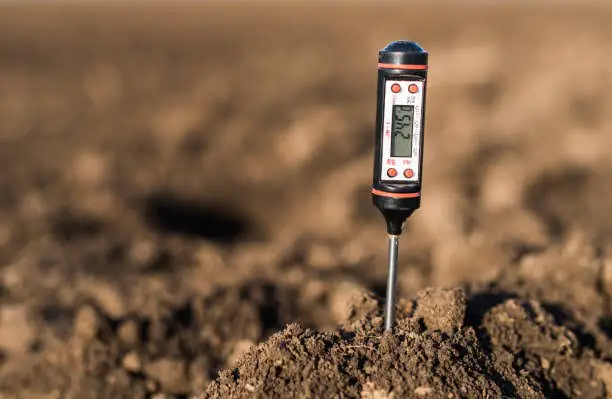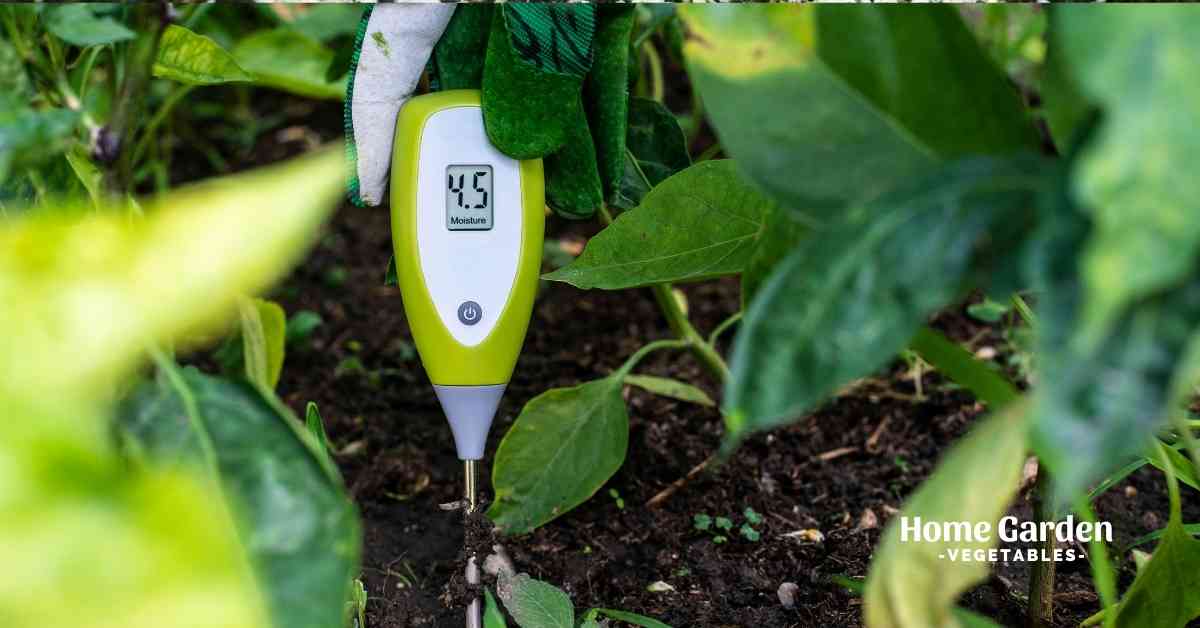There is a scale that goes from 0 to 14, with 0 being the most basic and 14 being the most basic (basic). These measurements are made based on your soil’s pH and the hydrogen ion concentration. According to the soil’s pH, whether the soil is acidic or alkaline, will be stated.

Why Ph For Soil Is So Crucial?
Most people are familiar with the term “soil pH.” Soil testing may have been deemed unneeded in the past since it’s generally safe. That’s often the case. Detecting an out-of-of-of-balance pH level in soil may be difficult. After that, you’ll have to deal with any issues you may encounter. Testing your soil’s pH is thus essential every time you plant a garden, but it is especially crucial when you are planting for the first time.
Reader Poll: What online courses would interest you?
Acidity is denoted by the term “pH.” Fertilizer, for example, is only accessible to plants if the soil’s pH is at its ideal. If your soil’s pH is too low, some of the nutrients in your fertilizer will not be accessible to your plants, but you may still apply it. What if you’d done even more with that? There are a few other plants that may be harmed by blossom-end rot, including tomatoes and peppers.
For vegetable plants, a pH range of 6.2 to 6.8 is ideal (herbs prefer a pH near 7.0, which is called neutral). Overly acidic or alkaline soil might hinder a plant’s capacity to absorb vital nutrients. For veggies to thrive, they must be grown in soil with the ideal pH.
You can obtain a rapid pH test kit from a garden store, or you may request a soil test kit from your local Extension office, which takes longer but offers more exact instructions on how much material to use to adjust your soil’s pH.
Subscribe to our newsletter!
A common garden shop purchase, lime may be used to increase the pH of your soil. Some limes may take months to alter the pH. A variety of fast-acting limes exist. compression has resulted in some of them becoming pellets (perfect for applying with a lawn fertilizer spreader). It’s a blend of fine and coarse particles, despite the way it seems to be. To make comparisons, read the labels of several products.
Ferrous, aluminum and sulfuric acid powder may all be used to lower the pH. Another round of price comparisons is in order.
Clay soils need more material if the pH is increased or decreased. The label restrictions should be followed unless an Extension soil test shows you precisely how much product to use.
The soil’s acidity should be checked every two years since it might change.
pH Of Pepper For Soil
To grow peppers, the soil must be within the pH range of 5.5 and 7.5.
Perhaps it’s not the case at all. Even though pepper plants can handle a wide variety of pH levels, their tolerance isn’t universal (and where they potentially thrive.) A combination of soil acidity, poor fertility, and aluminum toxicity has led to the breeding of most peppers in the past (especially Capsicums pubescent).
Depending on the kind of pepper, this might vary. A pH of between 6.0 and 6.8 is ideal for bell peppers and jalapenos, although habaneros need a little more acidic soil. To get a sense of how many different kinds of peppers are out there, consult individual planting guidelines for each variety. The ideal pH range for soil is generally considered to be 6.0 to 7.0.
pH Of Tomatoes For Soil
Plants growing tomatoes need a pH of 6.5 or higher. To produce the greatest tomatoes, you must ensure that your soil has the optimum acidity level. If the soil is too acidic or alkaline, tomato plants will die. Tomato plants and other crops, such as potatoes, will benefit from a more uniform pH level in the soil.
Tomatoes thrive on soil that is high in acid. With a pH level of between 6 and 6.5, plants thrive in slightly acidic soil. Unhealthy plants can’t absorb nutrients because of their inability to tolerate an acidic or alkaline pH. (high pH). Tomato plants may benefit from the usage of sulfur or lime to “sweeten” or “acidify” the soil.
Is It Possible To Calculate The Ph Of Your Soil Using This Method?
To determine the pH of the soil, there are several methods. Some individuals use pH strips, while others employ chemical or electrical meters. If you want to know how acidic your soil is, any of these methods will do.
It is possible to make a DIY soil pH indicator in no time at all. To check whether adding red cabbage juice changes the color of your soil, do some testing.
The Soil’s Ph Should Be Maintained At A Constant Level
Fertilizing may be necessary even if your soil is acidic. Soil additives, when applied to the soil, may aid in both nutrient provision and pH stability.
This is a situation in which you have two options.
A Mineral Is A Gypsum:
When it comes to building materials, gypsum is often used as an ingredient. If you want to be creative, you may even fertilize your garden with the concept in mind. Adding Gypsum to your plant soil mix has several advantages. If your soil’s pH is already within the permissible range, there’s no need to add sulfur or calcium (or both).
The Epsom Salts:
This mineral is used in plant nutrition because of the quantity of magnesium and sulfur present in Epsom salt. In addition to spraying plants with Epsom saltwater and utilizing it as a fertilizer in the soil, there are many more options.
Conclusion
Knowledge of soil moisture retention and pH is vital for a successful pepper growing season. If you want to produce peppers, you’ll need soil with a pH between 6.0 and 7. This might vary based on the kind of pepper you’re attempting to cultivate and the area in which you live.
In general, tomato plants prefer soils with a pH between 6.0 and 6.5, which falls within an ideal pH range. Additional adjustments may be made, if necessary, to the soil’s pH and fertilizer levels.

